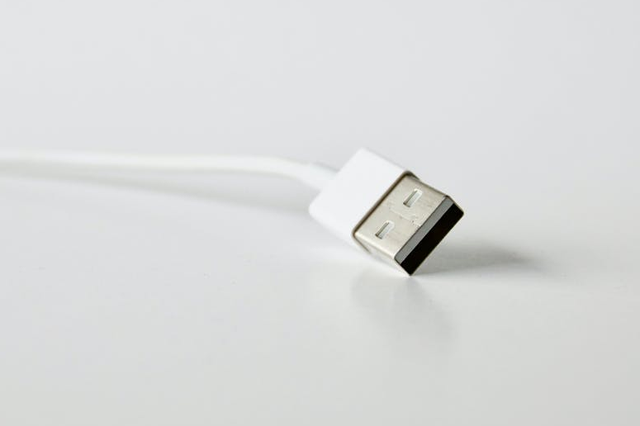The term USB is very widespread and you can hear it when talking about any charger for the mobile, in the cables to connect a mobile to the PC, in the connection of a keyboard to the computer, to connect a pen drive, etc.

Despite the constant evolution in the world of computing and the arrival of more and more connections by alternatives to cables, these continue to be very present in everyday life. USBs are still very necessary and it is practically impossible to imagine today’s world without them. These are connections that allow us to connect different equipment and devices between them, thus allowing their communication.
You will have heard about them thousands of times, but even so, you may still have doubts about how they work and what they are, so in this article we are going to try to give you the best possible answer to these questions. If you want to know what a USB is and what it is for, continue reading.
What is USB and what is it for?
USB stands for Universal Serial Bus. This is a connection protocol that allows us to carry out the connection between different peripherals and electronic equipment so that data can be exchanged. It can also be used to perform certain operations or to charge the battery of connected devices. In short, it is a port that allows us to connect different devices.
The devices that can be connected via USB are numerous, from mobile phones to mice and keyboards, including webcams, external hard drives, tablets, photo cameras…
The origins of USB
USB was created in 1996, when a group of seven technology companies (Microsoft, Intel, IBM, Northern Telecom, NEC, Compaq and Digital Equipment Corporation) decided to develop a format to improve connectivity between technological devices. The purpose was to achieve a standard that would facilitate the work of all manufacturers.
Unlike other ports, USB does not require a system reboot as it is Plug Play capable. This means that it can be plugged in and used directly.
The USB itself also has the ability to detect and install the software that is necessary to make the devices work.
Types of USB standards
Over the years, USB standards have evolved remarkably. During its development there have been the following, many of which are currently active:
- 1.0 – Low speed. It was the first to see the light, in 1996. Its maximum speed was 1.5 Mbps, although it was enough for the keyboard and mouse.
- 1.1 – Full speed. It was a great advance with respect to the first version, making the transfer speed reaches 12 Mbps.
- 2.0 – High speed. It is the most widespread standard. It is capable of reaching speeds of up to 480 MPs, although the actual maximum is set at 280 Mobs. The cable has a total of 4 lines, of which half are intended for data transfer and the other two for powering the device.
- 3.0 – Super high speed. It is 10 times faster than the previous one. This means that it can reach transfer rates of up to 4.8 Gaps. It is compatible with the above.
- 3.1 – Maximum speed. This is the most modern standard and increases the speed of information transfer up to 10 Gaps. It also has a new type of connector. (C).
Types of USB connectors
In addition to the types of USB standards, it is necessary to know the types of USB connectors that exist, since the same ones are not always used. Currently, there are mainly the following types:
- USB type a connector. This is the most common. A rectangle that is flat and has internal connections. The female is the port and the male is on the cable to connect.
- USB type B connector. They are somewhat smaller than the previous ones but wider. They are commonly used in devices such as scanners or printers.
- Type C. It is a type of reversible connector. In this way, it does not matter which side it is inserted from, as it will still work.
- Minus. They can be found in 5 or 8 pin formats. It is the usual of external hard drives, music players, photo cameras…
- Micro USB. It is of a more contact size and, in addition, flat. It is mainly used in smartphones and the like.
In this way, depending on the type of device, one type of connector or another can be found.
USBs, therefore, are elements that are part of our day to day life and since the technology is currently everywhere imaginable, it is a protocol that we use on a daily basis, even if we do it without even noticing it. Despite this, its importance is maximum to be able to allow the exchange of data between devices or the loading of some of them.

